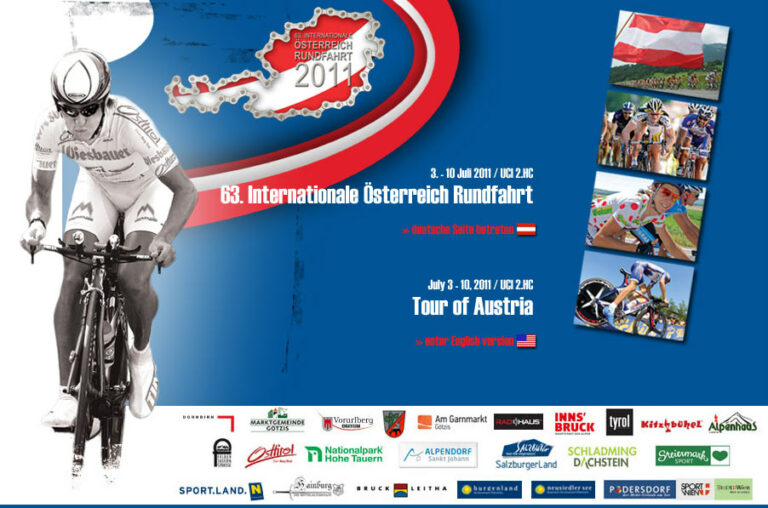






Two friends and I were in Snowdonia for a weekend of pre-Etape training, to get some good climbs in the legs and some good banter in the pub. It also happens to be where my parents live, so I know many of the mountainous roads reasonably well, or so I thought.
Friday afternoon was meant to just warm us up for Saturday’s main event, but somehow ended up being much harder. It seems I misjudged the difficulty of the mighty Bwlch-y-Groes – English name: Hellfire Pass.
As I had travelled ahead, my friends then joined me from London mid-afternoon and immediately assembled the bikes to get straight out into the fresh North Wales air. On the map, Bwlch-y-Groes was only 18km or so away, so I quickly plotted a shortish loop on the Garmin to approach it from the south.
I remembered reading about it being a decent climb, and as it wasn’t that far, I figured we’d be back by dinner and suitably limbered up for the next day. I really should have realised the omens weren’t good when the least-experienced among our number emerged with his bib-shorts on inside out.
Still, as we rolled out, we were blissfully unaware of the impending nightmare and soon picked up a decent lick. A couple of other sharp but doable ascents stood in our way before the full majesty of the climb then revealed itself – one that had previously defeated better riders than me, and even pros in the heyday of the Milk Race.
The first hairpin registered 25%, and as far as I can remember, things barely dropped below 17% for the next 3km. I say as far as I can remember, because, for the most part, my eyes were focused on my rapidly increasing heart-rate, and that was only for as long as my eyes were still capable of focussing.
I always go off too quickly on hills (over-exuberance coupled with a cassette that’s meant for a better rider) and three-quarters of the way up, it defeated me. I stopped. This was only meant to be a laid-back spin before the climbfest I’d envisaged for the next day, but it felt like the weeks of looking forward to riding in these mountains would end here.
I didn’t walk, though, and after a minute of composing myself, my two mates caught me up and passed me. I got back on, hurriedly clipped-in before rolling backwards, and ground out the last few metres weaving all over the place to get a decent purchase on the deteriorating surface. The height spray-painted onto the road at the top finally marked the end.
Now, normally, a climb like this is rewarded with a fast, enjoyable descent, but the other side turned out to be very precipitous, with long drops to the side of a narrow, gravelly lane, and plenty of newborn lambs gambolling about to force you over the edge. Add to that the clouds of midges we all inhaled on our way down, and getting back was a blessed relief.
That evening, I pulled out Simon Warren’s 100 Greatest Cycling Climbs to re-read his entry for Bwlch-y-Groes. Shame I missed the line “arguably the hardest section of relentlessly steep tarmac in Britain” beforehand. Not exactly an ideal warm-up, but at least it hadn’t rained. No, the mountains saved that for the next day.
On Saturday morning, the hum of overhead power cables, the bleating of sheep and the whirring of my ridiculously loud rear freewheel were the soundtrack as we headed out in the opposite direction, along a vaguely modernised old drovers’ road. The next waypoint was a decommissioned nuclear power station, but despite that utterly bleak-sounding picture, cars were non-existent and Red Kites hovered in the air above. At this point, the black clouds hanging ominously over the mountains in the distance weren’t really a concern.
I was on a surer footing too, as we were riding roads I genuinely knew, and with the unrelenting climbs of Galibier and Alp d’Huez just weeks away, I’d planned a testing route that barely flattened out in between the ups and downs. We made steady progress through some beautiful valley woodland and sleepy villages perched atop hills, towards Mount Snowdon itself. That’s when the deluge hit.
I take the view that once you’re wet, you’re wet, and you may as well carry on. As it was, we were utterly sodden. Although my pal had finally put his bibs on properly for this ride, the misery of being waterlogged conspired to make him forget to unclip from the pedals not once, but three times when we stopped, badly gashing his knee in the process. However, gingerly nosing down double-digit descents with soaking brake pads while almost being run over by the local postman forced us all to seek refuge in the nearest pub.
While we fortified ourselves, the idea of how to get a taxi in the middle of Snowdonia was briefly mooted. Soon after the words “man-up” were also uttered and we decided to press on. We gave up on the climbs I’d badly wanted to complete, headed for the coast and soon cycled straight out of the bad weather. Though the sunshine made things a tad more bearable, the sapping effects of the previous weather/climbs/road surface/postman meant we slowly trudged back to base in barely monosyllabic conversation.
Although it wasn’t how I’d planned it, we still managed to scale 1800m of climbing in 180km of riding, and within 24 hours. Hopefully it will count towards us being able to complete Etape Act 1, especially as none of those Alpine climbs ever gets as steep as Bwlch-y-Groes, and torrential rain should be much more unlikely in July. You know, perhaps we should make it just that little bit more challenging by all wearing our bib shorts inside out?
When he isn’t cycling, Matt Barbet is a journalist, and presents Five News in the UK.





